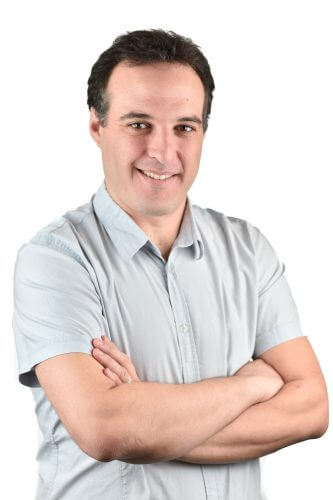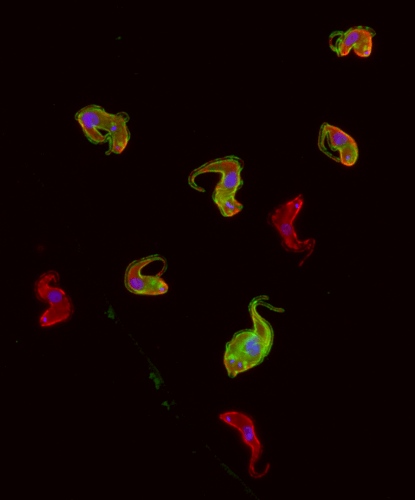The parasite is transmitted by the bite of the African tsetse fly and causes the deadly "sleeping sickness", and the discovery may lead to the development of treatments that will protect humans from it

Newspaper Nature Reports a breakthrough in understanding the genome of the deadly parasite Trypanosoma brucei, which causes the "sleep of death" in humans. The researchers deciphered both the genomic sequence and the three-dimensional structure of the genome of this parasite. They estimate that it is possible that this achievement will help in the future in curbing the deadly disease, which is widespread mainly in forests and water bodies in Central Africa. The international research was led by Prof. Nikolai Siegel from the University of Munich and researchers from Germany, the USA, England and Israel participated in it, when the decoding of the genome sequence was carried out with the help of an innovative method developed by Dr. Noam Kaplan from the Rappaport Faculty of Medicine at the Technion.
Trypanosoma brucei is transmitted between humans and other mammals with the help of the tsetse fly, which allows the parasite to multiply in its salivary glands and infects the mammals whose blood it sucks. Understanding the genome of this parasite, the researchers hope, will lead to the development of ways to inhibit its deadly activity.
The genome is the set of genetic information found in an organism. It is a very complicated sequence that can contain billions of bases (DNA units), and in the last two decades there has been a leap forward in the human ability to decipher it. According to Dr. Kaplan, "Nowadays it is very easy to read millions of short segments of DNA, but it is not possible to read very long segments. Therefore, the main challenge is the correct arrangement of the short segments, similar to assembling a puzzle - the process of the machine Genome assembly. "
Dr. Kaplan faced this challenge back during his post-doctorate period at the University of Massachusetts with Prof. Yov Decker. The technology he developed is based on an experiment in which the spatial proximity between DNA segments in living cells is measured. Already in 2013 he demonstrated, in an article published in the journal Nature Biotechnology, Human genome assembly Based on advanced computational analysis of spatial proximity patterns. In the article he reported on the innovative method for assembling a genomic sequence using spatial proximity measurements. According to him, "This method bridged 'dimension gaps' in assembling genomes and is relevant to all species in the animal world."
Since the development of the new method for assembling genome sequences, several companies have been established based on this principle and recently many genomes of animals and plants such as frog, mosquito, goat, quinoa, wheat and barley have been deciphered using it. Now, as mentioned, it is the turn of the sleeping parasite Trypanosoma brucei.
In the current study, the researchers discovered a unique relationship between the spatial organization of the genome and the antigen replacement mechanism - the protein that the human immune system recognizes. The antigen exchange mechanism allows Trypanosoma brucei to escape the immune system of the infected person. According to the researchers, it is possible that this discovery will allow in the future to develop treatments that will protect the population prone to infection.

Dr. Kaplan joined the faculty of the Rappaport Faculty of Medicine at the Technion in 2016, and also established an interdisciplinary laboratory, "because to understand the genome, you need a combination of many fields, including biology, computers, mathematics, statistics, physics and chemistry. We investigate how the spatial organization of the genome is determined, and how this organization affects the operation of the genome. In addition, my research group is working on the next generation of genome assembly methods, which will make it possible to characterize and understand the genomic changes that occur in cancer and other diseases."
More of the topic in Hayadan:
